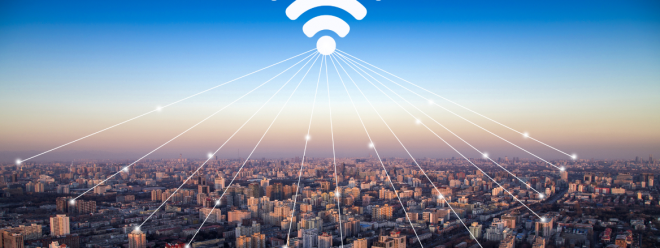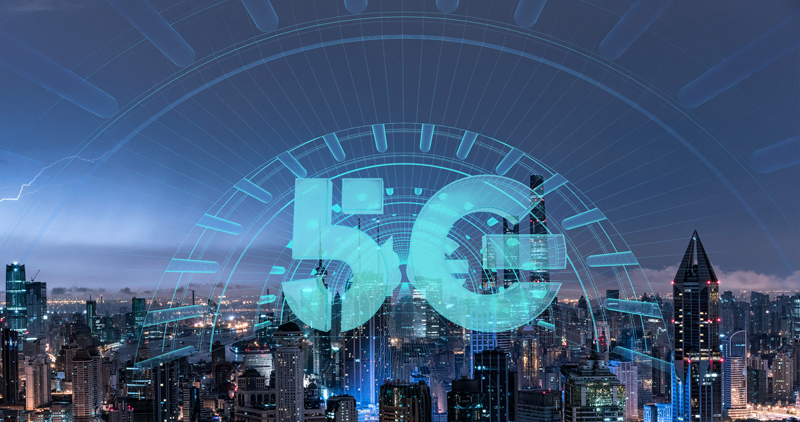Beyond 5G: A revolutionary leap towards the frontier of 6G network sensing

Beyond 5G: A revolutionary leap towards the frontier of 6G network sensing

In the rapidly evolving field of telecommunications technology, the rollout of 5G has sparked a paradigm shift that will propel us into an era of faster and more reliable connections. However, as users are still absorbing the potential of 5G, it is clear that this technology, while impressive, is not enough to meet the booming demand for network sensing. The allure of 6G technology is now beginning to emerge, and it promises not only incremental improvements, but also qualitative leaps. It is the key to the future, and our interaction with the digital realm will transcend current confines and offer people an enticing prospect of a sixth sense that may be seen as extremely real.
At the heart of this technological evolution is the ability of 6G to reshape our understanding of the physical world. Through innovative methods such as object signal reflection, 6G aims to expand our awareness beyond the confines of our surroundings. Machines equipped with this technology will have the superior ability to autonomously perceive, interpret, and respond to their environment. Imagine a world where devices can not only perceive what is physically present, but also discern nuances of movement, composition, and interaction in a way that reflects human intuition. 6G will redefine the boundaries of connectivity by unlocking a new dimension of network sensing, delivering capabilities far beyond the current technological marvels.
From a practical point of view, the far-reaching impact of the sensing capabilities of 6G networks is reflected in various fields. From localization and imaging to environment reconstruction, surveillance, and even gesture and activity recognition, this next-generation connectivity introduces a range of transformative use cases. These applications not only broaden the scope of technical utility, but also bring new dimensions of performance, such as detection probability, sensing resolution, and accuracy. As we delve deeper into the intricacies of 6G's capabilities, it's clear that we're on the edge of a technological revolution where the seamless integration of simultaneous imaging, mapping, and localization will redefine how we perceive and interact with our surroundings.
High-precision positioning and tracking
In the ever-evolving field of technology, 6G will provide machines with high-precision positioning and tracking capabilities, providing a whole new level of independence. This advancement enables robots to calculate position relative to moving and stationary objects using scattered and reflected wireless signals. Information such as delay, Doppler, and angular spectrum enable robots to navigate to the centimeter level without the need for human coordinates. Applications extend to automated docking and multi-robot collaboration, which are essential for collaborative tasks in various fields such as factories, warehouses, hospitals, and agriculture.
Enhance human senses
The ultra-high-resolution imaging of 6G brings the ability to make the invisible visible, enhancing the human senses in a safe, accurate, and low-power manner. The technology can detect elements that are imperceptible to the naked eye and can be used in portable or wearable devices, and possibly even implantable devices. Electromagnetic wave penetration enables devices such as smartphones to detect hidden elements such as cables or leaks. The extended RF range and diverse communication waveforms open up the possibility of sensing and imaging through materials with millimeter accuracy. Spectrogram recognition based on electromagnetic or photonic properties enables unique applications, including calorie counting and environmental analysis.
Gesture and activity recognition
6G revolutionized human-computer interaction by introducing device-free gesture and activity recognition through machine learning. Macro recognition focuses on body movements and enables applications such as patient safety in smart hospitals without compromising privacy. In scenarios such as falls or rehabilitation, connected surveillance provides a privacy-preserving alternative to traditional camera-based systems. Micro-recognition involves gestures, finger movements, and facial expressions, paving the way for users to easily interact with devices through their movements. The technology enables creative activities such as playing the air piano or painting, and XR technology transforms these movements into real-time music and art.
The development of sensing technology driven by 6G has the potential to push the human senses to their current limits. From precise mapping to activity recognition, connected sensing reveals the unseen, allowing us to understand and predict previously unknown surroundings. The seamless integration of high-precision positioning, enhanced human senses, and gesture/activity recognition heralds a future where machines will operate autonomously like never before, transforming every industry and every aspect of our daily lives.